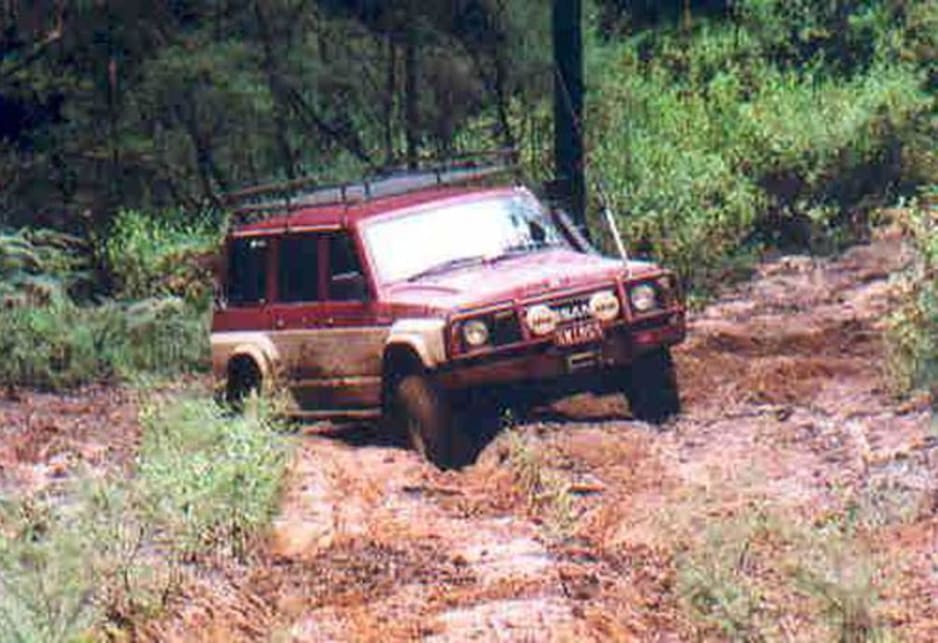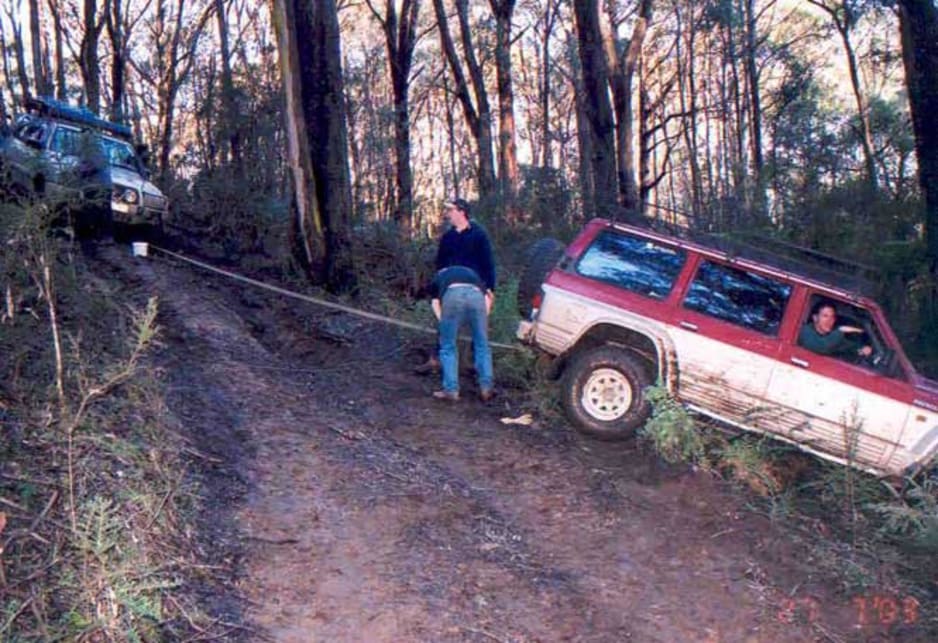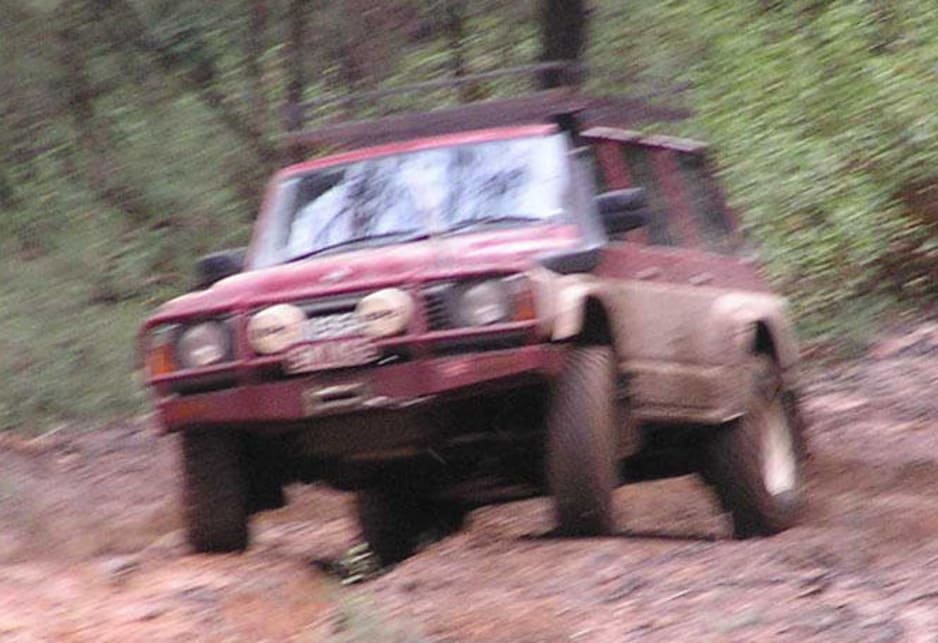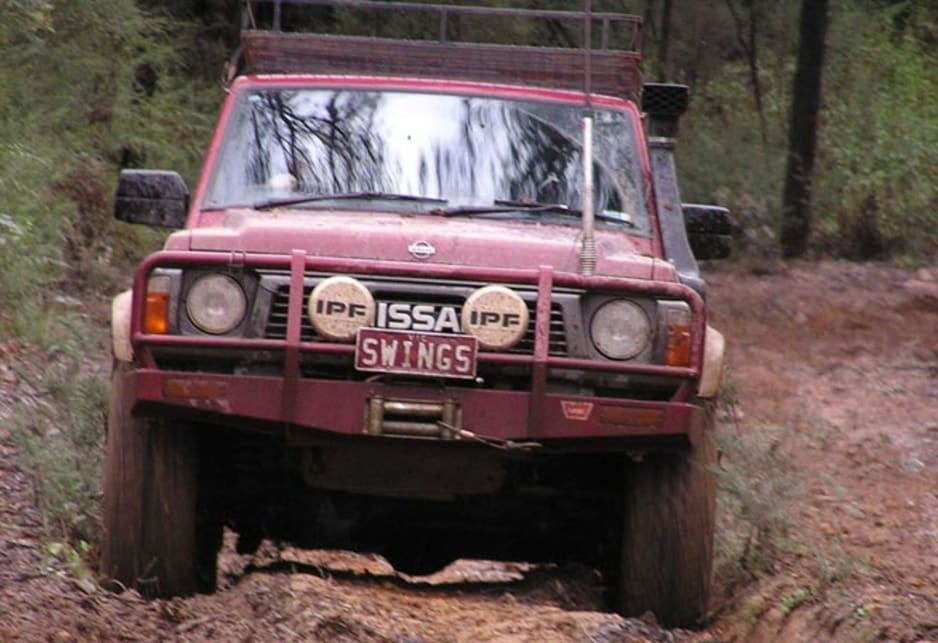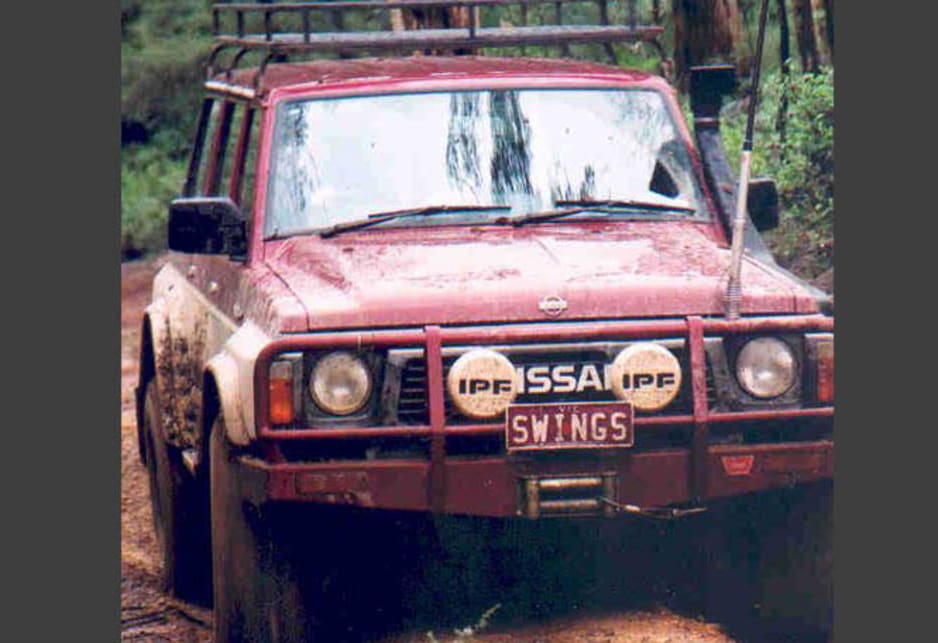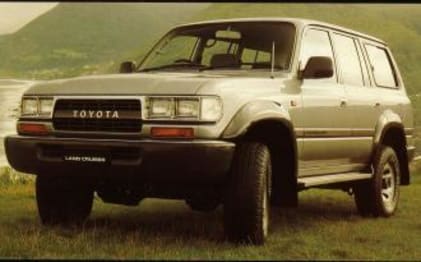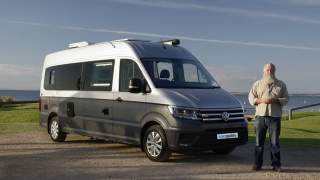
Used Nissan Patrol review: 1988-1997
- Nissan Patrol
- Nissan Patrol 1996
- Nissan Patrol 1988
- Nissan Patrol 1989
- Nissan Patrol 1990
- Nissan Patrol 1991
- Nissan Patrol 1992
- Nissan Patrol 1993
- Nissan Patrol 1994
- Nissan Patrol 1995
- Nissan Patrol 1997
- Nissan Patrol Reviews
- Nissan Reviews
- Nissan SUV Range
- SUV
- Nissan
- Used Car Reviews
- Buying tips
- 7 seater
- Off road
The Australian outback is the perfect place to explore with a four-wheel drive which explains why new car sales figures for four-wheel drives have been on a sharp incline for some time. So popular has the idea of going bush become it has spawned a whole new breed of cars capable of leaving the black top while retaining some of the attributes of a normal family sedan.
Most of these newcomers are sneeringly referred to by four-wheel drive enthusiasts as soft-roaders for their limited offroad capability, but they offer acceptable round town road manners while at the same time quite reasonable offroad ability for the occasional offroader.
Along with the Toyota LandCruiser Nissan’s Patrol doesn’t fall into that latter category. It’s a serious heavy-duty offroader. Round town it’s big and bulky, but it really comes into its own in the heavy going offroad or outback.
Model watch
Nissan launched the GQ, also known as the Y60, Patrol in 1988. It was aimed fairly and squarely at Toyota’s LandCruiser, which was the top selling four-wheel drive at the time.
The GQ was a traditional four-wheel drive, designed for heavy -duty use in the bush or beyond where it would typically be used by mining companies, loggers, or other operators who needed a rugged vehicle to work in some of the most inhospitable country in the world.
It came in short wheelbase Hardtop form or long wheelbase Wagon and Cab Chassis.
Its foundation, and the source of its great strength, was its separate chassis. Unlike modern soft-roaders, which are of unitary construction, the Patrol’s body was perched on top of the chassis.
As a result getting up into the cabin was quite a climb, unlike today’s compact offroaders with their one-piece body and chassis.
There was a choice of three engines initially, a 100 kW 3.0-litre petrol inline six, a 125 kW 4.2-litre petrol inline six and an 85 kW 4.2-litre diesel inline six. They were all overhead valve and carburettor fed.
An update in 1992 brought a fuel-injected 4.2-litre petrol engine, which made 129 kW, and an 85 kW 2.8-litre turbo diesel.
The standard transmission was a five-speed manual, and there was an option of a four-speed auto, and the rear diff was a limited-slip unit.
Power was then delivered to the drive wheels through a two-speed transfer box. High range two-wheel drive was available for highway touring, with the choice of high and low range four-wheel drive once you left the blacktop behind.
Coil springs were employed front and rear, brakes were disc at both ends, and the steering was power assisted.
Models included the DX and ST Hardtops, and the DX7, ST, TI and ST3.0.
The entry level DX had tilt-adjust steering, two-speaker cassette sound, cloth trim and vinyl mats. The ST also had standard air-conditioning, power windows, power mirrors, central locking, four-speaker sound and carpet. Perched at the top of the model line-up was the TI, which boasted a leather sports steering wheel, woodgrain highlights, leather seats and seven-speaker sound.
There were a number of upgrades before the GU (Y61) replaced the GQ in 1997. Among them, a driver’s airbag became standard on the TI in 1996.
In the shop
The trade gives the GQ Patrol the thumbs up. There is little that regularly goes wrong with them say mechanics who have experience of them.
The petrol engines are prone to cylinder head cracking when running on LPG, but it’s usually because the coolant has been low or lost.
Gearboxes, drive lines and diffs give little problem, although leaks from the rear axle oil seals are common. Properly serviced, however, the leaks can be eliminated.
Early Patrols were known to suffer from front-end shimmy, at 70 to 80 km/h, but most were fixed under warranty. The fix was to remove the shims from the top and bottom of the steering knuckles, eliminating the free play.
There’s little rust reported if the body has been looked after, most of the rust reported is a result of modifications for the fitment of extra antennas or other non-factory equipment which has necessitated additional holes to be drilled in the panel work.
Generally the body and body hardware stands up well, although window regulators are known to wear out.
While there are few problems reported look carefully for signs of serious offroad use, which usually shows up as external body damage, and damage to the underbody, chassis and driveline components.
Although they’re tough, think very carefully about committing to a Patrol that has obviously had a hard life off road.
Owners' views
For more than a decade John Thompson and his 1989 LWB GQ Patrol was as much a part of the Shell Australian Touring Car Championship as Peter Brock, Dick Johnson and the cars they raced. Thompson drove his long wheelbase 4.2-litre petrol powered Patrol from one side of the country to the other towing a trailer laden down with more than two tonnes of Shell track signage, flags and banners to every round of the championship. The Nissan has just ticked over 500,000 km, and its owner says he’s delighted with it. It had bad wheel shimmy before the front end was realigned, twice it’s cracked cylinder heads, second gear synchro went at 450,000 km, and it has failed one clutch.
Brian Dupas bought the first of two GQ Patrols, a 1988 SWB petrol ST with 150,000 Km on the odo and running on LPG, in 1998. In the 140,000 km he’s since added he’s had to replace the cylinder head and the clutch, but isn’t complaining. So impressed was he that he bought a 1991 LWB GQ Ti diesel with 165,000 km on the clock. It has now done 330,000 km after travelling to all parts of the country and hasn’t once let him down.
Mark Kuran says his first GQ Patrol, a 1990 model bought in 1995, was a lemon, but the 1996 fuel-injected TI he bought new in 1998 has been fantastic. It was bought as a people mover rather than an offroader, and has now done 130,000 trouble free kilometres.
Ken RusselI bought his 1987 4.2-litre diesel DX GQ Patrol in 1992 when it had 110,000 km on the clock. It is now showing over 300,000, having been regularly used offroad. Mechanically it has been trouble free; Ken’s only complaints being rattling windows and door shake. In summary he says it’s been very impressive, and he would not hesitate to buy another one.
Look for
• tough and reliable off-roader
• big and bulky for regular round town use
• signs of heavy offroad use
• big climb to get aboard
• can have head problems
The bottom line
Tough and reliable heavy-duty offroader for the serious offroad enthusiast, but a little big and beefy for anyone contemplating buying a four-wheel drive for city duty.
Pricing
| Year | Price From | Price To |
|---|---|---|
| 1997 | $4,070 | $14,960 |
| 1996 | $4,070 | $14,850 |
| 1995 | $4,070 | $13,970 |
| 1994 | $4,070 | $13,750 |
| 1993 | $2,970 | $12,980 |
| 1992 | $2,860 | $12,760 |
| 1991 | $2,310 | $11,110 |
| 1990 | $2,310 | $11,110 |
| 1989 | $2,200 | $11,110 |
| 1988 | $1,760 | $11,110 |
Pricing guides
Range and Specs
| Vehicle | Specs | Price* | |
|---|---|---|---|
| ST (4X4) | 4.2L, Diesel, 5 SP MAN 4X4 | $7,920 – 11,110 | 1988 Nissan Patrol 1988 ST (4X4) Pricing and Specs |
| GLi (4x4) | 4.2L, Diesel, 5 SP MAN 4X4 | $4,730 – 6,930 | 1988 Nissan Patrol 1988 GLi (4x4) Pricing and Specs |
| (4X4) | 4.2L, Diesel, 5 SP MAN 4X4 | $7,920 – 11,110 | 1988 Nissan Patrol 1988 (4X4) Pricing and Specs |
| DX (4X4) | 4.2L, ULP, 5 SP MAN 4X4 | $4,180 – 6,160 | 1988 Nissan Patrol 1988 DX (4X4) Pricing and Specs |
Other cars to consider
$6,160
Lowest price, based on third party pricing data


